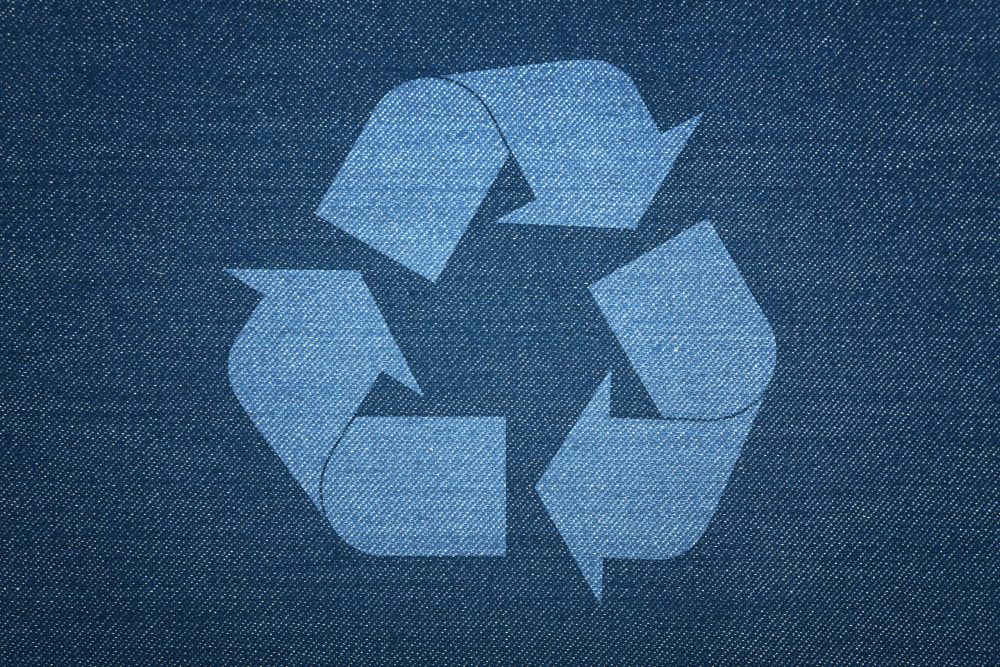The estimated global demand for lithium-ion batteries totaled 100 gigawatt hours (GWh) in 2017, while global lithium-ion battery recycling capacity totaled 5-15 GWh.
These numbers indicate enormous potential in the lithium-ion recycling market, particularly since global lithium-ion battery production capacity is projected to total 344.5 GWh by 2021, according to Kochhar.
Kochhar pointed out, though, that there is a delay between when a lithium-ion battery enters the market and when it exits for recycling, meaning the recycling numbers will lag behind the production numbers.
Indeed, the impact from lithium-ion battery recycling will be “moderate to minimal at least in the next eight years,” Kochhar said. “But that will change. Critical materials like cobalt have much more appreciable impact in markets.”
Meanwhile, several key areas of the lithium-ion battery recycling market still need to be worked out, he said.
For one, better recycling technology needs to be introduced. Pyrometallurgical methods are primarily used today since they have already been developed for base metals but these methods could present an issue in the future for recycling cobalt.
Recyclers have already started developing other methods, including hydrometallurgical, which would target base metals as well as lithium and manganese and cathode-to-cathode, although that is the least mature method.
The economics of battery recycling also need to be sorted out since many different chemistries of lithium-ion batteries exist, presenting a diverse set of economic values. Advancing the economics of recycling is critical to incentivizing recycling, Kochhar said.
“The economics are diverse. But as an industry, we’re trying to make lithium-ion batteries economic-neutral. Maybe ultimately they’ll be a value-positive material,” he said, adding that the industry must avoid being value-negative as with electronic waste.
In addition, the collection and sorting of lithium-ion batteries for the recycling process needs to be worked out. Lithium-ion batteries can be dangerous and an effective and safe way to bring them to a recycler needs to be developed.










